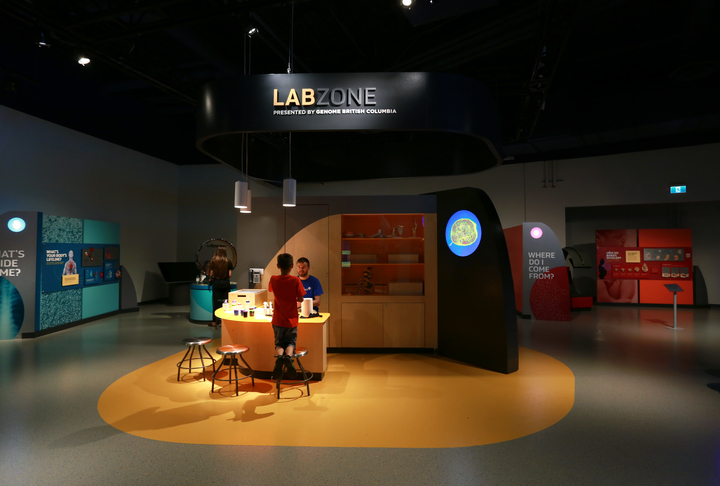In this activity, students try observing with one of their 5 senses: Smell!
Scientific observation may use one or more of the traditionally recognized Five Senses to gather information about our surroundings.
Human external sensation is based on the sensory organs of the eyes, ears, skin, nose, and mouth. The inner ears are also recognized as a main sensory organ, since they gather information on spatial orientation and balance.
We continually observe the world around us and feed this information via our neurons (nerve cells) into our brain, this is called sensation. Our perception of the world is obtained through sensation, and we make decisions about our actions based on the information our senses receive and relay to our brain.
We are accustomed to sensing with with our eyes & ears, but are often less conscious of the information our other senses collect.
The olfactory system contains the organs of our sense of smell.
The senses of smell and taste are often referred to together as the chemosensory system, because they both give the brain information about the chemical composition of objects through a process called transduction. Transduction in the nervous system refers to stimulus-alerting events (smelling an odour) where a physical stimulus is converted into an action potential in nerve cells, which is transmitted along axons towards the brain. This signal is received and we become conscious of a "smell".
Our sense of smell obtains important information for our decisions, especially for our healthy actions. We are attracted to smells related to edible products, and repelled by smells of rotten or harmful chemicals. Theses smells are logged in our instincts (recoiling from the smell of smoke), or in memories which are often formed at a young age ( attraction to the smell of ripe apples or chocolate cake).
Identifying smells correctly may have been key to the survival and evolution of humans. How well can your students identify and sort out this smelly science?


 copy.jpg)
